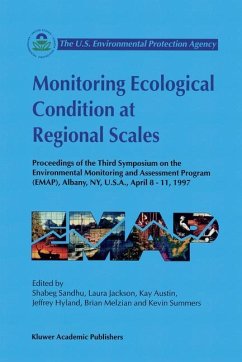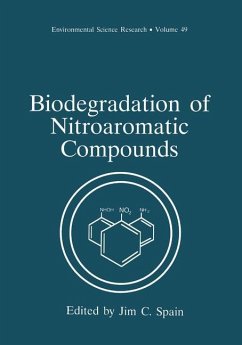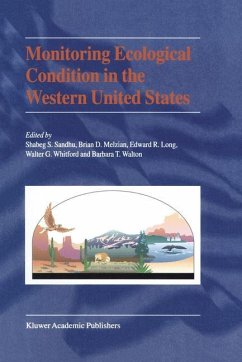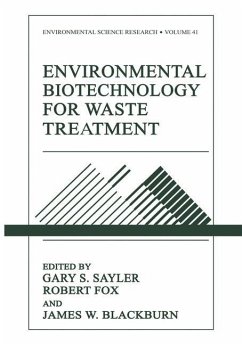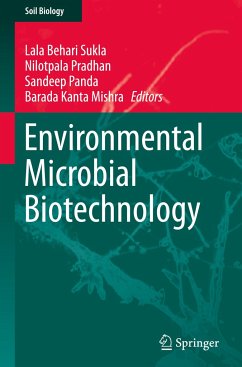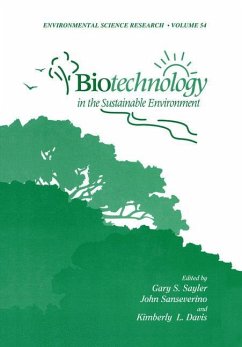
Biotechnology in the Sustainable Environment

PAYBACK Punkte
19 °P sammeln!
The purpose of these proceedings was to address the technological, economic, insti tutional and social questions raised by the rapidly evolving u se of biotechnology for the protection. restoration, and sustainability of our environment. The symposium, "Biotech nology in the Sustainable Environment" emphasized the future-oriented nature of biotech nology, that is, the potential use of biotechnology in upstream decisions about materials management, in addition to the status and directions of urrent c applications. This sympo sium incorporated statc-of-the-science. as well as risk and policy iss...
The purpose of these proceedings was to address the technological, economic, insti tutional and social questions raised by the rapidly evolving u se of biotechnology for the protection. restoration, and sustainability of our environment. The symposium, "Biotech nology in the Sustainable Environment" emphasized the future-oriented nature of biotech nology, that is, the potential use of biotechnology in upstream decisions about materials management, in addition to the status and directions of urrent c applications. This sympo sium incorporated statc-of-the-science. as well as risk and policy issues into the lopics of biotechnology and remediation, waste treatment, environmental evaluation and monitor ing, and versatility and future directions in biotechnology and sustainability. Achieving a sustainable environment cannot be accomplished by one discipline or one sector of soci ety. Likewise, long-term environmental sustainability cannot be accomplished by one gov ernment. Sustainability must be a global effort as is evident from the multinational participation in these proceedings. The importance of biotechnology, sustainability, and the environment is highlighted by the combined support that this discipline receives from industry and the government. In this regard, we acknowledge the foresight of the sponsors and supporters of this sympo sium: Eastman Chemical Company, E. !. DuPont De Nemours and Company, Inc.









